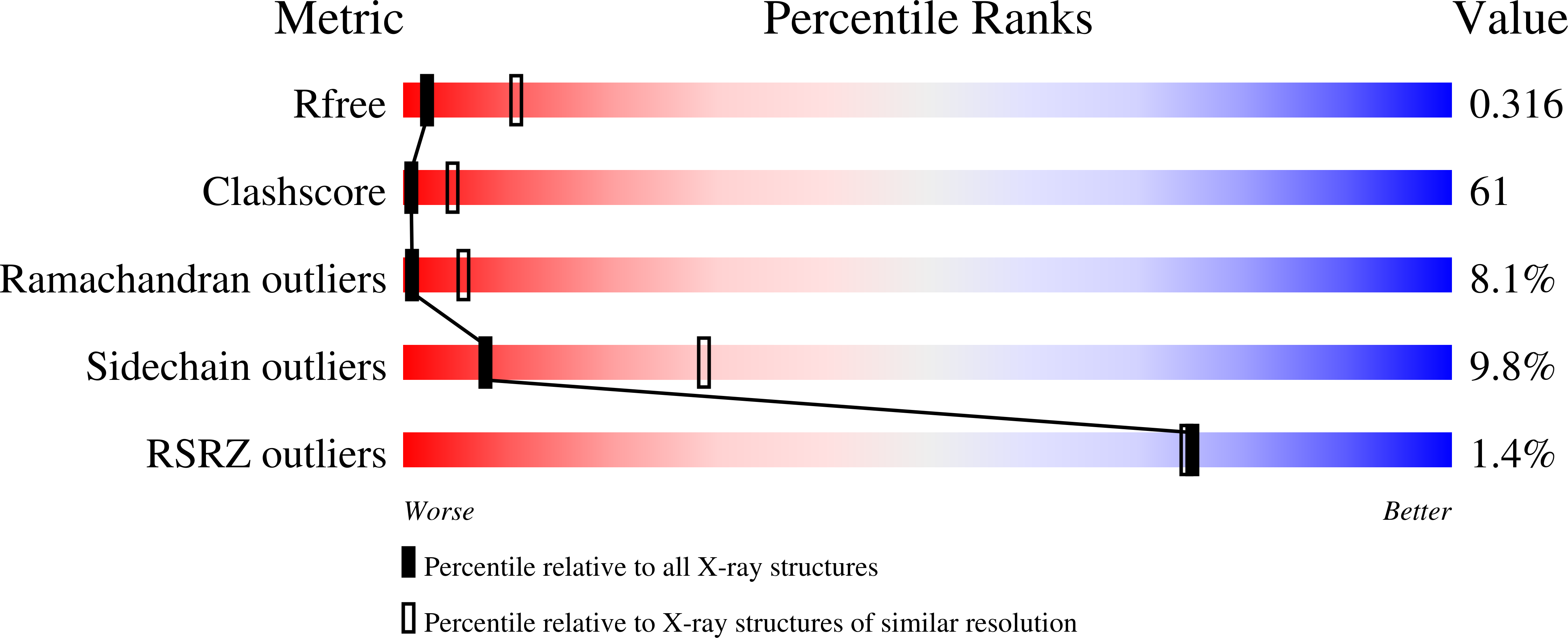
Deposition Date
2005-09-03
Release Date
2005-11-29
Last Version Date
2024-10-23
Entry Detail
PDB ID:
2D26
Keywords:
Title:
Active site distortion is sufficient for proteinase inhibit second crystal structure of covalent serpin-proteinase complex
Biological Source:
Source Organism:
Homo sapiens (Taxon ID: 9606)
Sus scrofa (Taxon ID: 9823)
Sus scrofa (Taxon ID: 9823)
Host Organism:
Method Details:
Experimental Method:
Resolution:
3.30 Å
R-Value Free:
0.31
R-Value Work:
0.25
R-Value Observed:
0.25
Space Group:
C 1 2 1


